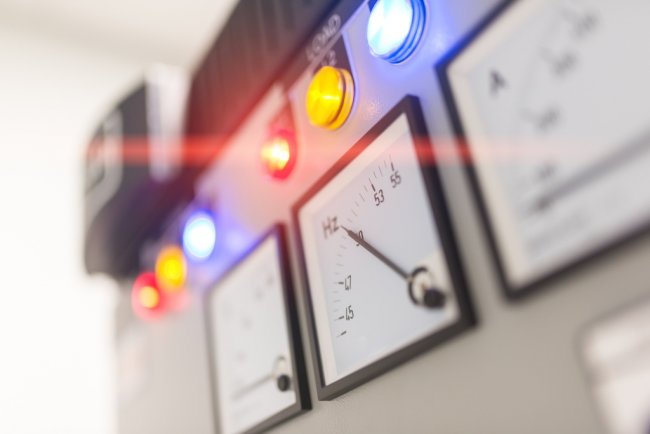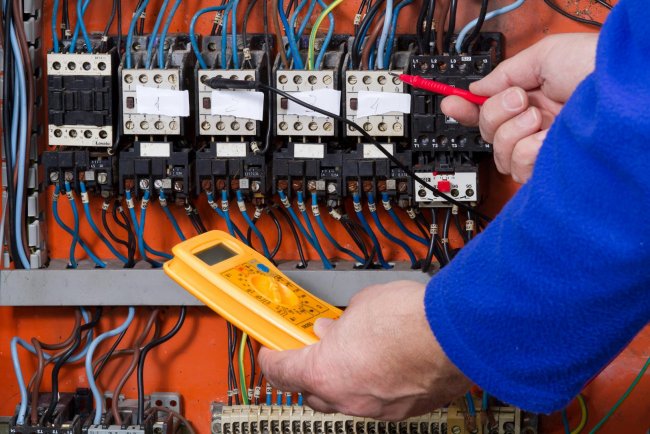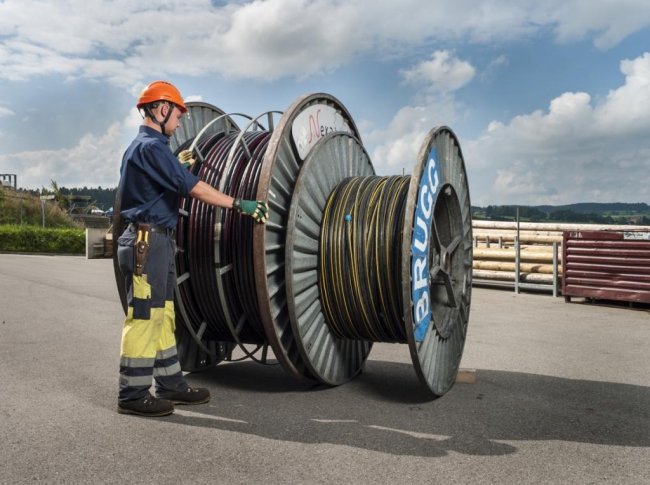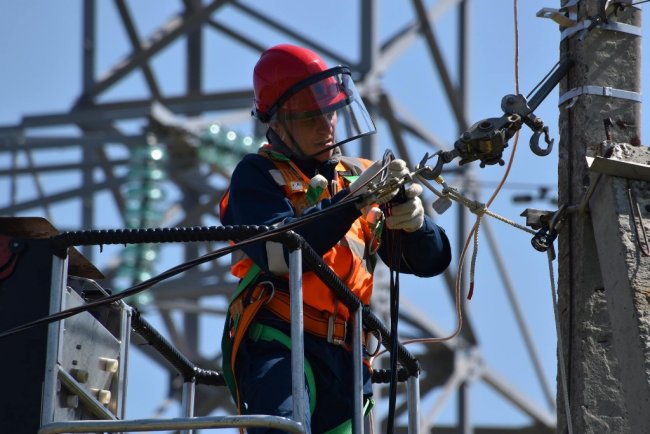Industrial electrical injuries at various installations, the most dangerous workplaces and workplaces
It is impossible to solve electrical safety problems without information about the causes of electrical injuries.
The statistics of electrical injuries depending on the type of electrical installations, as well as the type of their current and voltage, together with the qualitative characteristics of these installations, is the basis for creating safe equipment and for solving many technical, economic and organizational problems in the field of electrical safety.
The effectiveness of the developed safety measures also depends on how correctly the causes of accidents are revealed, hence the importance of methodological issues of investigation, reporting and analysis of electrical injuries. In order to improve the safety of equipment, it is of interest to analyze its defects and evaluate its effectiveness. means of protection.
From the point of view of electrical safety, all production processes can be divided into three groups:
- processes in which electrical installations are subject to labor;
- processes where electrical installations play the role of tools;
- processes (work, actions) in which electrical installations are not used.
An electrical installation is subject to labor when it is manufactured, installed, repaired, inspected, tested, dismantled, turned on, turned on, etc.
The electrical installation becomes a working tool in electrotechnical processes (welding, electrolysis, etc.), as well as in non-electrical work on electrified machines (working on a lathe, driving an electrified vehicle, etc.).
Electrical injuries are also observed when performing such work where electrical installations are not used at all. These include injuries during various non-electrical operations and actions performed in the area of the location of electrical installations (for example, lifting a locomotive on the roof, etc.), as well as cases of lightning.
Regular research on electrical injuries has been carried out since the 1950s. Information on the number of occupational accidents is obtained annually. It is not difficult to calculate the main indicators of electrical injuries each year.
Below is the distribution of work-related electrical injuries by different groups.
Distribution of electrical injuries (percentage of the total number of electrical injuries) related to the work of different groups
Electrical works, total 49.5 Of them: assembly disassembly 9.3 activation, deactivation 5.2 operational switching 1.8 prevention 7.5 inspection 4.2 repair 18.6 tests 2.9 same work under emergency conditions 1.3 Electrotechnological works 6.9 Non-electrical works on electrified machines 9.7 Works without the use of electrical installations and electrified machines 31.5 Unknown 1.1
Electrical injuries during work in which electrical installations are the subject of labor were included in the group of electrical work (this also includes injuries when performing similar work on electrical equipment and electrified machines). In order to identify the specifics of electrical injuries in electrical work itself and non-electrical work of electrified machines, it is presented separately.
From this data, it can be seen that only half of the accidents occur when performing electrical work.
Note that electrical injuries during maintenance of electrical installations under emergency conditions (natural disaster, fire, shutdown of electrical installations) are only 1.3%, which is 40 times less than electrical injuries during maintenance of electrical installations in a normal environment. Obviously, this circumstance will be of interest to psychologists.
Every tenth injury is related to the operation of electrified machines. Since the main contingent of victims during the work of this group are non-electricians, the main way to reduce electrical injuries during these works is timely prevention of equipment and machinery.
An important task to reduce industrial electrical injuries among workers with mass occupations is to improve safety measures at work in the area of passage of overhead lines. Emergency inspections of overhead lines before the start of summer field work, continuous monitoring of the operation of truck cranes and other large-sized units in the overhead line security area are beneficial.
As for the requirements for electrical safety in workplaces, they can be indirectly estimated using the statistics of electrical injuries given below in premises with different degrees of electrical danger and in different territories.
Statistics of electrical injuries in premises with different degrees of electrical danger and in different territories (share of the total number of electrical injuries in%).
Premises, total 44.1 Of them: increased danger 11.6 particularly dangerous 31.1 Territories, total 55.9 Of them: enterprise territory 26.5 construction site 10.3 overhead line area 8.4 locality 6.4 road (near the road) 4.2
More than half of the incidents occur outdoors, and almost all of the rest occur in high-risk and particularly dangerous premises.
Cases of outdoor injuries show an underestimation, and sometimes inadequacy, of technical and organizational measures for electrical safety during the operation of outdoor installations.
Agriculture and forestry, construction and oil fields, where most of the work is done outdoors, lack frost-resistant and mechanically strong wires and cables, waterproof and dust-proof equipment, reliable personal protective equipment, etc.
The period of operation, the frequency of inspections and repairs of external installations must be adjusted and strictly observed.
Data on electrical injuries related to the failure to use live parts grounding devices, temporary fences and safety signs are also evidence of unsatisfactory workplace preparation.
Most of the accidents occur during operation of alternating current installations with industrial frequency, of which the main part of installations with voltages of 220 and 380 V, 6 and 10 kV.
Since the specified voltage settings are the most common for users, these data can be considered logical.
A significant proportion are injuries at voltages of 65 — 90 V AC (almost all injuries at these voltages are caused by manual arc welding).
Electrical injury in installations with direct (rectified) current is relatively small. But the list of installations using direct current is many times smaller than that of installations with alternating current.
The lowest AC voltage, 50 Hz, at which electrical injury during operation has been recorded is 12 V (during electric welding in a boiler).
From the analysis of electrical injuries in different installations, for different voltages and under different conditions, it follows:
- more than half of all accidents occur on overhead lines, transformer substations and switchgear, while 2/3 of them occur at 6 and 10 kV voltages;
- the biggest danger is the overhead lines located on the territory of enterprises and construction sites;
- about 60% of injuries on power lines are caused by contact with truck cranes, drilling rigs, ladders and other large objects, i.e. not actually related to line maintenance;
- the cases of injury by step voltage are most typical for catenary networks (8 times higher than the average level);
- of the 380 and 220 V installations, the most dangerous are mobile machines with electric drive — pumps, conveyors, loaders, concrete mixers, electrified excavators, etc.;
- From 43 to 77% of accidents on mobile devices and on electrified hand machines are due to the occurrence of stress on the machine body, while on average for all installations this cause is responsible for only 13% of injuries.
Industrial electrical injuries among workers with different experience in %:
- Up to 1 month — 3.3%;
- Over 1 month to 1 year — 14.3%;
- Over 1 to 3 years — 20.8%;
- From 3 to 5 years — 12.4%;
- 5 to 10 years — 20.8%;
- Over 10 years — 28.5%.
At first glance, attention is paid to the paradoxical fact that the maximum number of injuries occurs among electricians with more than 10 years of experience and with IV safety qualification group.
Based on this, one can come to the wrong conclusion that neither experience nor Tuberculosis group do not affect the probability of electric shock.
At the same time, it is illegal to question the importance of training workers in safe work practices. The high rate of injuries among experienced workers is explained by the fact that they have to do the majority of electrically hazardous work and are therefore more likely to to come under pressure than workers with little experience.
Some of the workers believe that their long manufacturing experience and not the safety qualification group gives them the right to carry out repair and installation work, which in many cases leads to electrical injuries.
The more seniority and the higher the safety group, the better the employee knows the safety rules. Unfortunately, this knowledge is not always put into practice and a significant number of injured electricians were not fully certified in safety at all (certification was formal).
Electrical injuries occur regularly in workers in about 80 occupations, of which about 70 are non-electrical.
The number of injuries for electricians and non-electricians is about the same. The relatively high incidence of electrical injuries among workers in some non-electrical occupations (locksmiths, mechanics, drivers of self-propelled vehicles, construction workers, as well as riggers, loaders and support workers) is about the same as that of electricians (excluding electricians and electricians).
About 40% of injured non-electricians were injured while working in electrical installations. The rest of the injuries are not related to such work, but are caused by inadvertent contact with live wires of the overhead line (through the boom of a truck crane, a dump truck, a metal pipe, etc.), coils of heating devices, trolls when passing or driving near them .
About half of all victims died from direct exposure to electricity. In 10% of cases, victims were electrocuted and died from concussion, fractures and other injuries resulting from the fall.In 13% of cases, death occurred from electric arc burns.
The most characteristic current chains through a person are arm — leg, arm — arm and arm — trunk (respectively 56.7%; 12.2% and 9.8% of injuries). The majority of victims have no medical contraindications to work (except for alcohol intoxication, found in 13.2% of victims).
The ratio between fatal and serious electrical injuries is 9 to 1, and in installations with voltages up to 1 kV and above, these ratios are 6 to 1 and 13.7 to 1, respectively.
This is due to the fact that in installations above 1 kV arc burns represent a larger proportion than in installations up to 1 kV, and burns are not always fatal.
The severity of electrical injuries was also found to be higher in summer than in winter and outdoors than indoors.
The higher severity of electrical injuries among non-electricians, persons with short working experience and overtime than among electricians, persons with long working experience and during working hours, respectively, can be explained mainly by psychophysiological factors (carelessness, inexperience, fatigue, etc. .n. .).).




